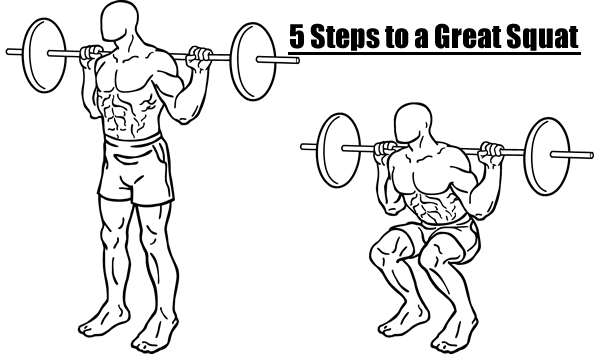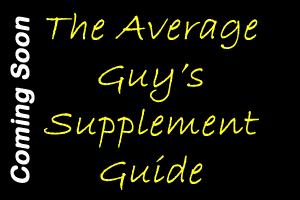
We all have body parts that are lagging behind the others when it comes to growth. It is one of the more common questions I see — “How do I bring up my lagging body parts?” Well, the answer is pretty straightforward, but requires some hard work and dedication to get the job done.
Training Variables
There are several variables that effect training. You can play with these variables to get different results. The 3 most common variables are intensity, frequency and volume. How you modify them will determine the results you get.
Intensity. This variable encompasses the rest period and going to failure aspects of a set. By shortening the rest period between sets you increase the intensity of the sets you do. By going to failure on all sets you boost the intensity of the entire workout. Play with intensity carefully and you will see major changes.
Frequency. This is how many times you train a particular body part. You are going to need to recover in between training sessions, but you are able to train again as soon as recovery is complete. By increasing the frequency of your training you will hit your body parts more often.
Volume. This is the total number of reps and sets done during a workout. A higher volume workout will generally require less intensity and more time in order for full recovery to occur. A lower volume workout can be extremely intense and will require less time for full recovery to occur.
Suggested Manipulations of the Variables
When trying to quickly shock lagging body parts I find that frequency and intensity are the two variables that must be manipulated. Volume can help in the long run, but for the quickest results manipulate frequency and intensity. What I personally suggest is figuring out a way to train your lagging parts more often. Remember, the body doesn't know the difference between a 7 day training cycle or a 10 day training cycle. Don't try to force your training split into a week. Do what you need to do in order to maximize your training results. I have managed to fit my split into a 6 day cycle and during that cycle I manage to train my arms 3 times and my chest twice. If you are short on time or cannot hit the gym twice in one day, combine the supplemental workouts with the actual workouts.
This combination is possible because the supplemental workout should involve pumping blood into the muscle. Thus, by taking the supplemental workout and combining it with the regular workout you get the same results but in one workout. Here is an example from my own training cycle. I have a regular chest training that looks like this:
Cable Crossovers, 4 sets, 8-10 reps
Decline DB Press, 4 sets, 8-10 reps
Pec Dec Flyes, 4 sets, 8-10 reps
Incline Bench Press, 4 sets, 12-15 reps
Hammer Strength Iso-Lateral Press, 4 sets, 8-10 reps
I also have a supplemental chest training that looks like this:
Pec Dec Flyes, 4 sets, 12-15 reps
DB Pullover, 4 sets, 12-15 reps
1 Arm Hammer Press, 2 sets, 5-8 reps
Push ups (feet up), 2 sets, 15 reps
I do these on two separate days. If time is a problem for you (like many people) then you could combine these two workouts as follows:
Cable Crossovers, 4 sets, 8-10 reps
Pec Dec Flyes, 4 sets, 12-15 reps (going for the pump so go light)
Decline DB Press, 4 sets, 8-10 reps
DB Pullover, 4 sets, 12-15 reps
Incline Bench Press, 4 sets, 12-15 reps
1 Arm Hammer Press, 2 sets, 5-8 reps (heavy but get a good pump in the muscle)
Hammer Strength Iso-Lateral Press, 4 sets, 8-10 reps
Pec Dec Flyes, 4 sets, 8-10 reps (a little heavier than the previous 4 sets)
Push ups (feet up), 2 sets, 15 reps
This will obliterate your chest muscles. I personally like keeping these separate because it avoids any over training, but if you're careful you can get this done in one workout. You will need to pay attention to recovery if you do it this way. Just make sure you listen to your body. It will let you know how hard you can push it.
Do you have any tips for bringing up lagging body parts? Let us know in the comments.




